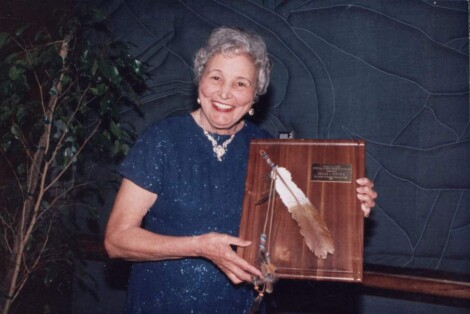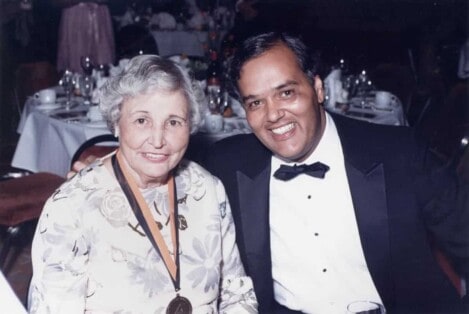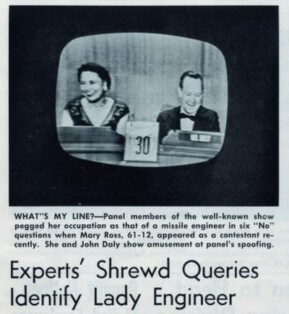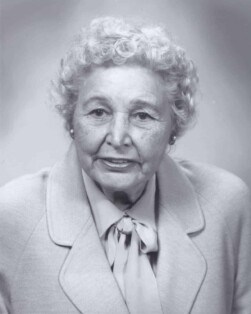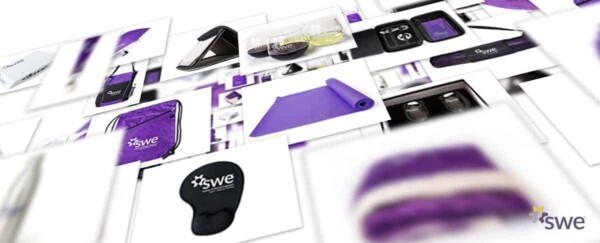This article was originally published in the SWE Magazine, Spring 2018 Edition.
The first American Indian woman engineer, Mary G. Ross, P.E., F.SWE, was noted for her contributions to the aerospace industry and as a role model and mentor for American Indians. In a career that covered nearly five decades, Ross amassed a number of accomplishments and firsts, from being the first woman engineer employed by Lockheed Missiles and Space Company to working on such major programs as the Agena rocket and the Poseidon and Trident missiles. To this day, however, much of her work remains classified, keeping the full extent of her contributions hidden.
She was the great-great granddaughter of Chief John Ross, who led the Cherokees on their arduous Trail of Tears, a forced march from the Southeastern United States to relocation in Oklahoma. Mary Ross was born in 1908, grew up with the Cherokee value of learning, and subsequently pursued paths that were nontraditional for women. She graduated from college with a degree in math and taught high school math and science before earning a master’s in math from Colorado State College of Education. She then worked for the Bureau of Indian Affairs as a statistical clerk before joining Lockheed Aircraft in 1942. There, a manager recognized her talent and encouraged her to become an engineer.
During her years at Lockheed, she also worked on the forefront of space technology, as part of planning teams for missions to Mars, Venus, and the outer planets of the solar system.
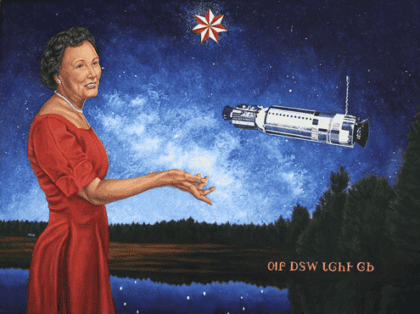
Following retirement, Ross continued to encourage women and Native American youth to pursue careers in math and engineering. Embracing her Cherokee heritage, she worked closely with the American Indian Science and Engineering Society (AISES) and the Council of Energy Resource Tribes (CERT) to expand their educational programs.
A SWE Fellow, Ross was also named an honorary life member of AISES, and CERT named its highest award after her. She was inducted into the Silicon Valley Engineering Hall of Fame in 1992. Ross died in April 2008, several months shy of her 100th birthday.
More about Ross
- Mary G. Ross was featured in SWE’s recent tribute to Ten Trailblazing Women Who Changed STEM.
- Smithsonian Magazine: This Little-Known Math Genius Helped America Reach the Stars – It’s time for Mary Golda Ross to be remembered as an aerospace pioneer
- Cherokee Nation: The Cherokee Nation Remembers Mary Golda Ross, the First Woman Engineer for Lockheed
- Mary G. Ross stars on a 1958 airing of What’s My Line with Andy Griffith
Author
-
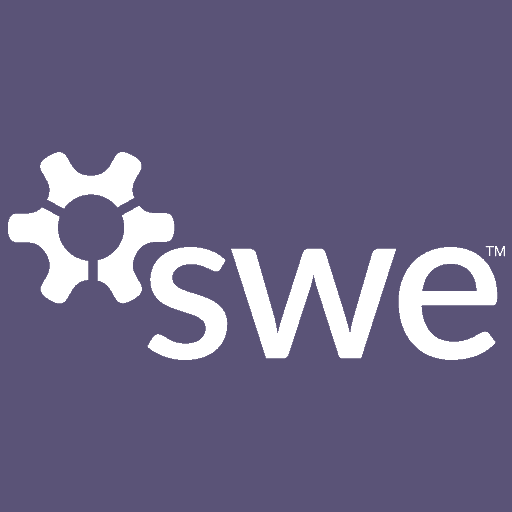
SWE Blog provides up-to-date information and news about the Society and how our members are making a difference every day. You’ll find stories about SWE members, engineering, technology, and other STEM-related topics.



